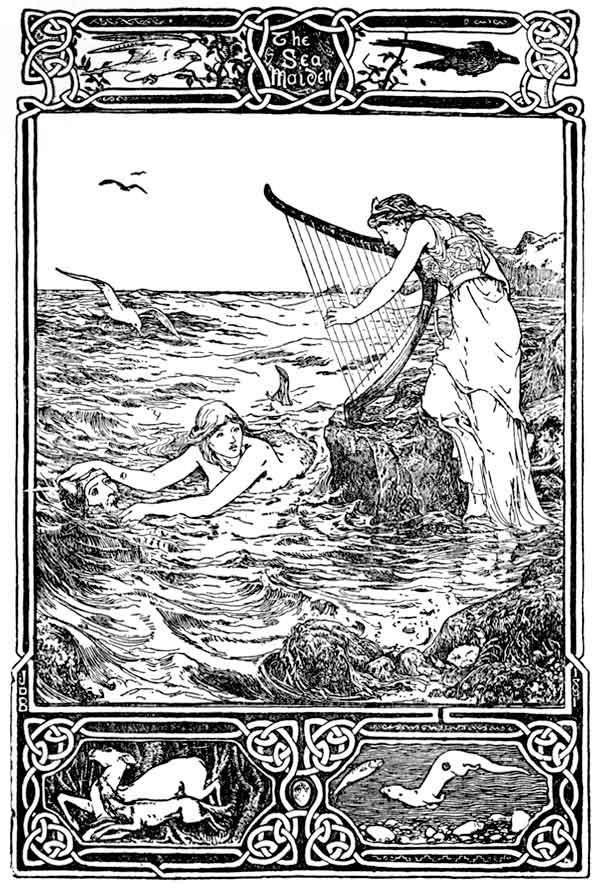Storytelling as a trigger for sharing conversations
DOI:
https://doi.org/10.31273/eirj.v1i2.86Keywords:
Storytelling, narrative, Sociology of emotion, Zipes, Sharing conversationsAbstract
This article explores whether traditional oral storytelling can be used to provide insights into the way in which young people of 12-14 years identify and understand the language of emotion and behaviour. Following the preliminary analysis, I propose that storytelling may trigger sharing conversations. My research attempts to extend the social and historical perspectives of Jack Zipes, on fairy tales, into a sociological analysis of young people’s lives today. I seek to investigate the extent that the storytelling space offers potential benefits as a safe place for young people to share emotions and experiences, and learn from one another. My research analysis involved NVivo coding of one hour storytelling and focus group sessions, held over five weeks. In total, there were six groups of four children, of mixed ethnicity, gender, ability, and socio-economic background, from three schools within Warwickshire. The results confirmed that the beneficial effects of the storytelling space include a safe area for sharing emotions and experiences, and in general for supporting young people outside formal learning settings.
Downloads
References
AESOP. 1484. The Hourse and the Stag [Online]. http://www.taleswithmorals.com/the-horse-and-the-stag.htm: TalesWithMorals.com. [Accessed 30 October 2013].
BASILE, G. 1893. She-Bear. The Tale of Tales. London: Henry and Company.
DE MORGAN, M. 1987. The Toy Princess. In: ZIPES, J. (ed.) Victorian Fairy Tales: The Revolt of the Fairies and the Elves. London: Methuen.
ESTÉS, C. P. 1992. The Crescent Moon Bear. Women Who Run With the Wolves: Contacting the Power of the Wild. London: Rider.
GRIMM, J. & GRIMM, W. 1975. The Frog King or Iron Henrich. The complete Grimm's fairy tales. London: Routledge and Kegan Paul.
HOUSMAN, L. 1987. The Rooted Lover. In: ZIPES, J. (ed.) Victorian Fairy Tales: The Revolt of the Fairies and Elves. London: Methuen.
MACINTYRE, M. 2013. MacCodram and His Seal Wife. Video Bank. Education Scotland. http://www.educationscotland.gov.uk/video/m/video_tcm4572221.asp
PARFITT, E. 2013a. All-girls School Transcript 1. 19 April.
PARFITT, E. 2013b. All-girls School Transcript 2. 26 April.
PARFITT, E. 2013c. All-girls School Transcript 3. 3 May.
PARFITT, E. 2013d. Initial and Final Interviews. 15 April, 17 April, 18 April, 22 May, 23 May, 24 May, 10 June.
STEVENSON, A. 2010. Oxford dictionary of English. 3rd ed. New York, NY: Oxford University Press.
ZIPES, J. 1979. Breaking the magic spell : radical theories of folk and fairy tales, London, Heinemann.
ZIPES, J. 1991. Fairy tales and the art of subversion : the classical genre for children and the process of civilization, New York, Routledge.
ZIPES, J. 2006. Fairy tales and the art of subversion : the classical genre for children and the process of civilization, New York ; Abingdon, Oxon., Routledge.

Additional Files
Published
Issue
Section
License
Authors who publish with this journal agree to the following terms:
Authors retain copyright and grant the journal right of first publication with the work simultaneously licensed under a Creative Commons Attribution License (CC-BY), which permits use and redistribution of the work provided that the original author and source are credited, a link to the license is included, and an indication of changes which were made. Third-party users may not apply legal terms or technological measures to the published article which legally restrict others from doing anything the license permits.
If accepted for publication authors’ work will be made open access and distributed under a Creative Commons Attribution (CC-BY) license unless previously agreed with Exchanges’ Editor-in-Chief prior to submission.
Authors are able to enter into separate, additional contractual arrangements for the non-exclusive distribution of the journal's published version of the work (e.g., post it to an institutional repository or publish it in a book), with an acknowledgement of its initial publication in this journal.
Authors are permitted and encouraged to post their work online (e.g., in institutional repositories or on their website) prior to and during the submission process, as it can lead to productive exchanges, as well as earlier and greater citation of published work. (see: The Effect of Open Access)
